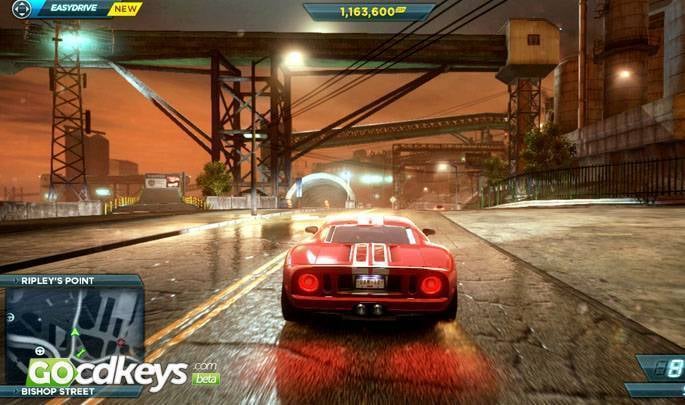


In the study the eyetracking method was used to determine in which situations players focus on which game elements (e.g. in market research, to evaluate advertisement in software engineering, to optimize user interfaces and in media research to gather information about the usage of media and the reaction to stylistic devices. In addition, one can use the gaze data to draw conclusions about the time needed to process the fixated object (immediacy assumption). In the third condition driving against a human competitor sitting next to the player increased competition.įigure 1 shows the experimental setup in the interaction lab of the Deutsche Sporthochschule Cologne, which was installed by the game evaluation experts.įigure 2: Gaze path with fixations and saccadesįor the analysis of gaze data it can be assumed that the eyes focus on the object, which is processed by the mind (eye-mind assumption).In the second step players were asked to race against an AI competitor in singleplayer mode.First, players watched a gameplay video of the game to track their reactions to passive consumption of the game.This makes it possible to identify which aspects of “Need for Speed: Rivals” particularly affect the player according to his self-report and how this perception relates to the physiological reactions of the player.Įvery player participated in three different experimental conditions: Electronic Arts set value on tracking the game experience with all interactions in order to also register behavioral patterns that participants are unaware of. car crash, pursuit) of “Need for Speed: Rivals” affect the player and to establish and test a setup for the evaluation of this and similar games. The goal of the study was to determine how different game modes (singleplayer, multiplayer) and game elements (e.g. The Deutsche Sporthochschule runs a state-of-the-art interaction lab and contributed expertise in the evaluation of interactive entertainment via Dr.

Focus of the evaluation was the recording and analysis of the game experience under consideration of different situations in the game.īased on their vast experience regarding the evaluation of computer and videogames, the pilot study was conducted by the Centigrade team of the North-Western branch under direction of Joerg Niesenhaus in close collaboration with the Deutsche Sporthochschule in Cologne.

In December Centigrade carried out an evaluation of the racing game “Need for Speed: Rivals” for Electronic Arts – one of the biggest publishers and developers of computer- and videogames.


 0 kommentar(er)
0 kommentar(er)
